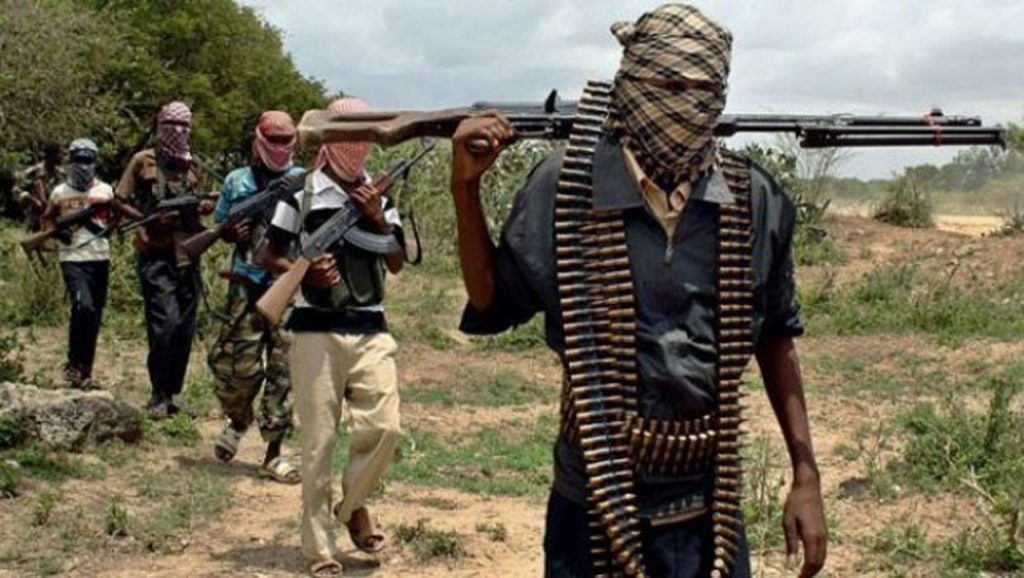By Akanimo Sampson
Contrary to the official refrain in Nigeria that the rampaging terrorist group, Boko Haram has been technically defeated, the humanitarian crisis in the North-East axis of the country is certainly far from being over, going by the latest updates from aid agencies that are active in the region.
According to them, the crisis has continued to uproot the lives of tens of thousands of civilians as hostilities between the security forces and the non-state armed groups enter their 10th year, and even endangering the lives of a large chunk of the population as the rainy season gets progressively worse this year.
Civilians are still bearing the brunt of the conflict that has resulted in widespread displacement, lack of protection, destroyed infrastructure and collapsed basic services. The food and nutrition crisis is of massive proportions, going by some disturbing warnings from the aid agencies.
For instance, in recent months, a new spike in violence and military counter-operations has affected civilians in the bleeding region, particularly in Borno State. Since January, some 134,000 people have been forced out from their homes to flee for safety.
“Aid agencies have significantly scaled up and reached some two million people with aid this year’’, explained the Humanitarian Coordinator in Nigeria, Edward Kallon, adding however, that much more support is urgently needed.
“We are worried about the tens of thousands of people who have recently fled rising violence and are still sleeping outside in the open. With the rainy season progressing, they will face increased risk of diseases and need immediate protection,’’ he said.
The numbers of this crisis are worrying: In Adamawa, Borno and Yobe, the BAY states, 7.1 million people – 53 per cent of the population – require urgent humanitarian assistance, 2.9 million are food insecure people at emergency level, and 368,000 children are severely malnourished.
“The crisis in the Lake Chad Region is far from over,’’ said Vincent Houver, from the International Organisation of Migration (IOM), one of the mission members. Stressing, he said, “The humanitarian community cannot spare any effort at this time. This week we have met with women, children, and men who have been forced to flee multiple times and urgently need protection and assistance to survive and rebuild their lives. We cannot let them down.’’
During a five-day visit, emergency directors from United Nations aid agencies and NGOs, representing the Inter-agency Standing Committee (IASC), witnessed first-hand the extent of the needs in the North-East, as violence continues unabated and the 2019 humanitarian response plan remains over 67 per cent unfunded.
“Some of the people we met have been living in camps for Internally Displaced Persons (IDPs) for several years,’’ the Head of Emergencies for the Danish Refugee Council, Christian Gad, explained, adding, “all actors, including the government and the private sector in Nigeria, need to join forces to help those affected by the crisis recover, in dignity, and restart their lives.’’
Last year, 7.7 million people were in need of humanitarian assistance in the worst-affected BAY states. The Humanitarian Coordinator in Nigeria stated this during the launch of the 2018 Humanitarian Response Plan.
“These are people who have been displaced and are living in camps or host communities, people who have returned home to nothing, and people living in other areas that are hard to reach for humanitarians,’’ the coordinator said.
In 2016 and 2017, in close cooperation with the government, the humanitarian community provided life-saving assistance and helped stabilise living conditions for millions of people. Mortality and morbidity were reduced and a further spillover effect prevented. In 2017, the response was scaled up and, as of October, had reached 5.6 million people.
Overall, the number of food insecure people was reduced from 5.1 million to 3.9 million. A cholera outbreak was contained through the innovative use of an oral cholera vaccine. 1.3 million farmers were assisted to help improve agricultural production. And thousands of children were supported to go to school, against all odds.
These results can be attributed to strong coordination, extensive engagement and generous funding, according to the humanitarian coordinator: “The protracted nature of the crisis creates new needs which require longer-term assistance. For the 1.6 million who are displaced from their homes, and the communities that host them, we need to find durable solutions. This requires longer planning horizons, more strategic interventions and flexible, longer-term funding.’’
The 2018 HRP was underpinned by a multi-year strategy representing a paradigm shift and a step towards strengthening the nexus between humanitarian, development and peace interventions, in line with the New Way of Working and commitments made at the World Humanitarian Summit in May 2016.

